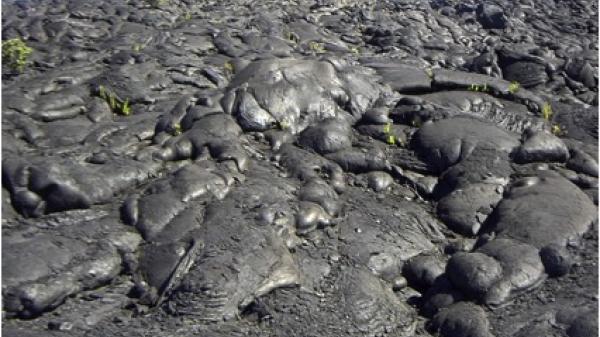Venus: The Forgotten, Mysterious Planet
Although Venus was likely similar to Earth after formation, the evolutionary pathways of the two planets have been vastly different. Venus is now a planet of extremes, with a runaway greenhouse atmosphere composed almost entirely of carbon dioxide, sulfuric acid clouds, and surface temperatures that could melt lead. This talk will take you on a tour of what we know about Venus, what mysteries we still need to solve, and what role future missions (including the recent Discovery mission concept, DAVINCI) could play in answering our questions.
Technical talk: A New Simulation Approach For Modeling Inflated Pahoehoe Lava Flows
Abundant evidence is emerging that many lavas on Mars were emplaced as slow-moving pahoehoe flows. Models for such scenarios contrast sharply with those for steep-sloped applications where gravity is the dominant force. The mode of flow emplacement on low slopes is characterized by toe formation and inflation. In the latter phase of pahoehoe flow emplacement, stagnation, inflation, and toe formation are most closely tied to the final topography, dimensions, and morphologic features. This mode of emplacement is particularly relevant to the low slopes of planetary surfaces such as the plains of Mars, Io and the Moon. The fundamental difficulty in developing a new model for pahoehoe lava flows is that random effects associated with inflation, internal fluid pressure, and crustal strength dominate the emplacement. In recent years, we have developed a modeling approach that simulates random transfers of individual lava parcels as a function of space and time. The output is 3-dimensional topography showing how a lobe thickens and expands with time, subject to a variety of factors such as the source geometry and flow rate. This new approach enables interpretation of the final stages of pahoehoe flow lobe emplacement. The simulations show that while cooling of the crust has little influence on final flow morphology, inclusion of inflation pressure has a dramatic effect on both morphology and dimensions of pahoehoe lobes.
